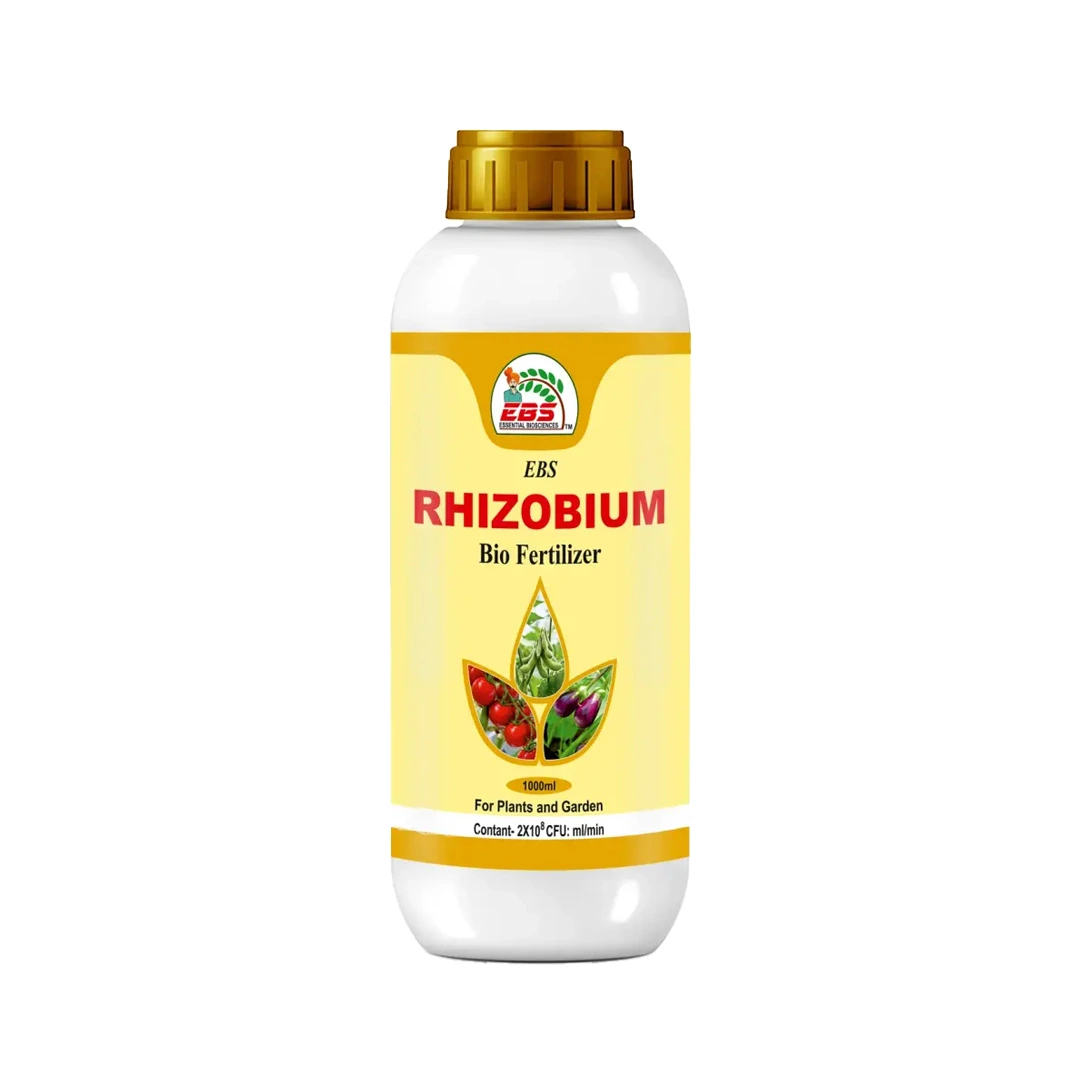
Katyayani Rhizogen Rhizobium Nitrogen Fixing Bio Fertilizer, Boosting Crop Yield and Health Naturally
41% Off


| Brand: | Sonkul Agro Industries Pvt. Ltd. |
| Product Code: | 5426 |
| Country of Origin: | India |
| Category: | Fertilizers |
| Sub Category: | Bio Fertilizers |






No reviews yet. Be the first to review this product!